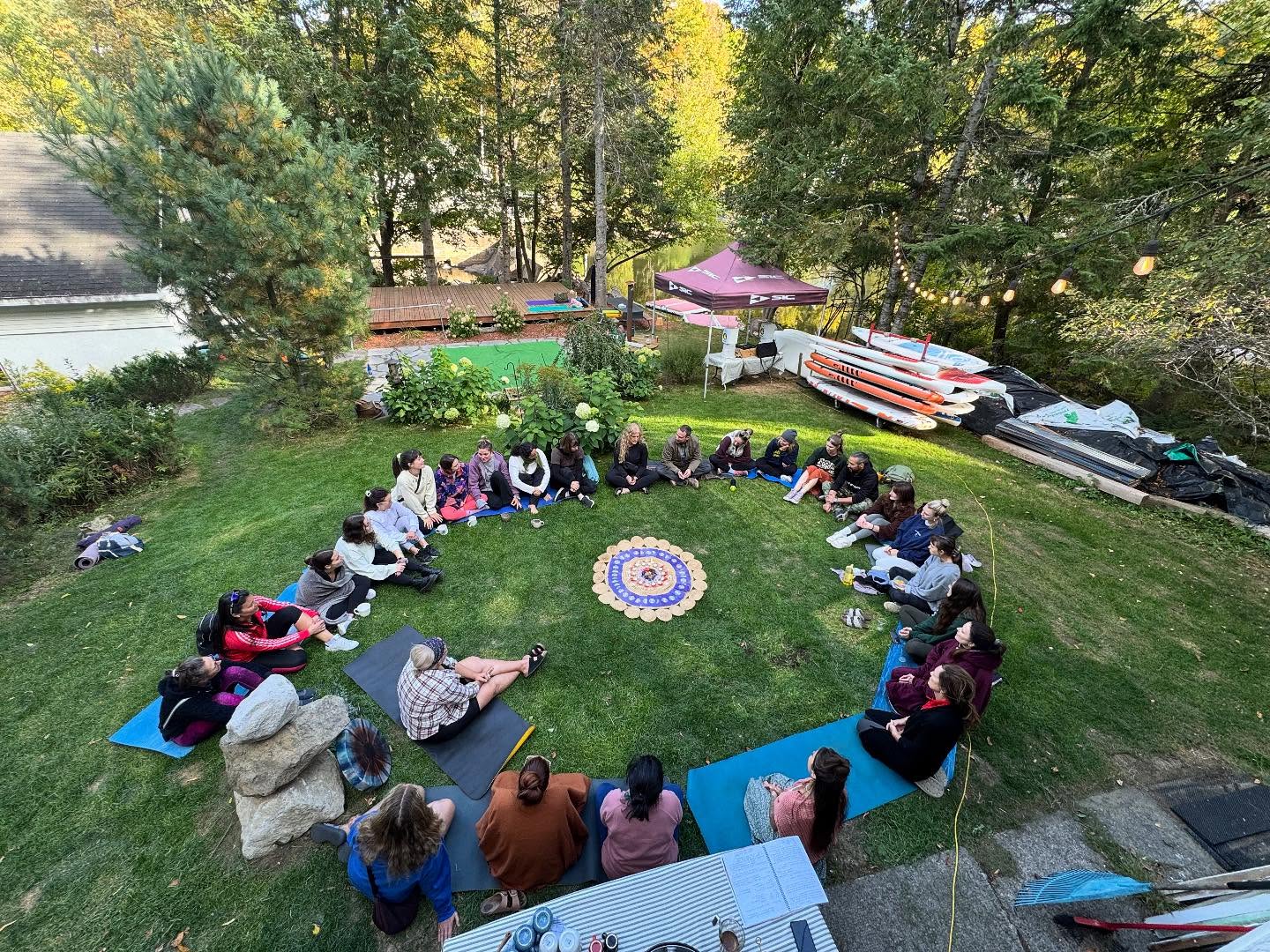
If traditional yoga cultivates calm and stability, then Stand-Up Paddleboard (SUP) yoga adds a splash of exhilaration to the mix. Practicing yoga on a paddleboard floating over water may sound intimidating at first—but it’s exactly that sense of novelty and instability that makes the experience so joyful, freeing, and transformative.
SUP yoga isn’t just about mastering your poses on a floating mat—it’s about surrendering to the moment, laughing when you fall, and discovering a new kind of balance that has little to do with perfection. Here’s why SUP yoga has become one of the most refreshing and playful ways to challenge both body and mind.
1. Water as Your Unpredictable Yoga Mat
On land, your yoga mat is still, steady, and familiar. On water, the mat moves with every ripple, every breeze, every shift in your body weight. This constant micro-movement awakens deep stabilizing muscles—especially in the core and legs—while sharpening mental focus.
Each pose becomes a new experience. Even basic postures like downward dog or warrior II demand heightened concentration and control. It’s humbling and empowering all at once.
2. A Reset for the Nervous System
Water has a naturally calming effect on the body. The sound of gentle waves, the feel of the sun on your skin, and the expansive view of open sky all contribute to a profound sense of peace. Practicing yoga in this environment activates the parasympathetic nervous system, promoting relaxation, reducing stress, and improving mood.
You’re not just moving through poses—you’re immersed in nature, surrounded by soothing elements that support deeper breath and mental stillness.
3. Joy in Letting Go
Falling off the board is part of the experience. And it’s often where the real joy comes in. SUP yoga teaches practitioners not to take themselves too seriously. You wobble, you laugh, you fall, and you climb back up—all of which mirror the broader lessons of yoga: resilience, presence, and non-attachment.
It’s a powerful reminder that perfection isn’t the goal—presence is. And few things bring you into the moment quite like balancing on water.
4. Engaging Muscles You Didn’t Know You Had
The gentle instability of the paddleboard requires constant micro-adjustments. Your stabilizer muscles fire constantly, improving core strength, balance, and proprioception (your awareness of body position in space). Over time, this leads to better posture, more control in land-based yoga, and increased body awareness.
Even seated or reclining poses become strength challenges, making SUP yoga a surprisingly full-body workout.
5. A Community Bonded by Nature and Playfulness
SUP yoga sessions tend to draw open-minded, adventurous individuals. The shared experience of practicing in a floating class naturally builds camaraderie. Whether it’s your first class or your fiftieth, the relaxed atmosphere and outdoor setting encourage genuine connection—with others and with nature.
Studios like Le SHED Studio, known for their riverside retreats and nature-first approach to wellness, integrate SUP yoga into their seasonal offerings. These sessions are held in calm waters, allowing beginners to feel supported while enjoying the beauty and serenity of their surroundings.
6. The Perfect Summer Practice
SUP yoga is inherently seasonal, and that makes it even more special. Practicing in the open air during summer connects you to the cycles of nature. As the sun warms the water and the breeze moves through the trees, each class feels like a celebration of life’s simple joys.
Whether you’re gliding into savasana under a bright sky or flowing through poses as dragonflies hover nearby, every moment feels infused with gratitude and awe.
Conclusion
SUP yoga is more than a fitness trend—it’s a joyful invitation to get outside, embrace imperfection, and rediscover balance in a dynamic and playful way. With water as your guide and nature as your studio, you’re not just strengthening your body—you’re lightening your spirit. And that’s what makes it such a beloved, unforgettable practice.

